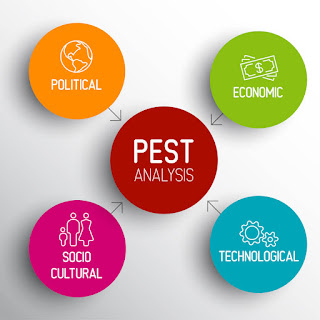
Effective teamwork is the driving force behind most major business breakthroughs. As such, improving the cohesiveness of internal teams should be a major goal for your organization.
The Five Behaviors profile system was developed by business management writer Patrick Lencioni to demonstrate how to build effective and cohesive teams. This five-stage system is structured like a pyramid: to get to the final payoff, employees must go through all of the previous four stages in sequence. It is up to your company's management to guide their team through each behavioral stage as described below.
The Five Behaviors
1. Trust
Trust is the most fundamental building block of an effective team. Each team member should feel comfortable expressing their emotions at any time, confident that they will be supported and not judged. Vulnerability should be seen as a strength, not a weakness.
To that end, the team’s leaders should do whatever they can to foster an open, accepting environment. Fun team-building exercises can be helpful in this regard, providing a casual environment where team members can get to know one another as people instead of just as colleagues.
2. Conflict
If true trust is in place, a team can handle the conflict that always arises as part of group dynamics. It is understandable that not all people on a team will agree on every issue, and this is actually a good thing.
To a good team, disagreements are not scary – they are a chance to work through issues and come up with the best possible solution. When presented with a challenge, your team should take the time to thoroughly discuss the matter, giving everyone a chance to voice their real feelings on the matter
3. Commitment
When all relevant concerns have been expressed and a decision has been reached, a good team becomes committed to that course of action.
Leaders must not confuse commitment with consensus. Commitment can only happen when everyone on the team genuinely feels that their thoughts have been heard and seriously considered. Any given team member may still have preferred to do something else, but each understands why the final decision was made and are prepared to support that choice in any way they can.
4. Accountability
A good team not only works together but shares responsibility for the final results of that work. Each member strives to keep the others accountable for their input on each project they tackle together.
Remember that this must be done tactfully and supportively as well as consistently. If someone on the team is struggling to deliver what they promised, they may need extra support from their colleagues to finish the job. It is the genuine effort that matters during this process.
5. Results
Results are the ultimate outcome of a cohesive team. With all members working diligently toward a collective goal, it is possible to achieve incredible things.
Many teams will falter before this stage, becoming uncoordinated and unproductive due to difficulties in establishing one of the other behaviors. Most often, it is Accountability that gives them the most trouble. Do not lose heart if this happens to your team. Each project is a fresh chance to try to instill each of these five behaviors, and you may well reach a better outcome next time.
Strengthening Teams One Behavior at a Time
Lencioni's Five Behaviors model is proven to help teams succeed in achieving better outcomes for collaborative tasks. Managers and executives who receive training on how to implement this framework will have a powerful new tool at their disposal in their efforts to mobilize your organization’s workforce. This investment in team cohesiveness is sure to help your employees produce the industry-leading results you know they are capable of.
The Brooks Group utilizes the Five Behaviors™ model in its interactive healthcare executive leadership training workshops to help team members learn to work together more efficiently and effectively and to become a more cohesive team.
This blog is originally posted in https://thebrooksgrouponline.com/2021/07/5-behaviors-of-a-cohesive-team/








